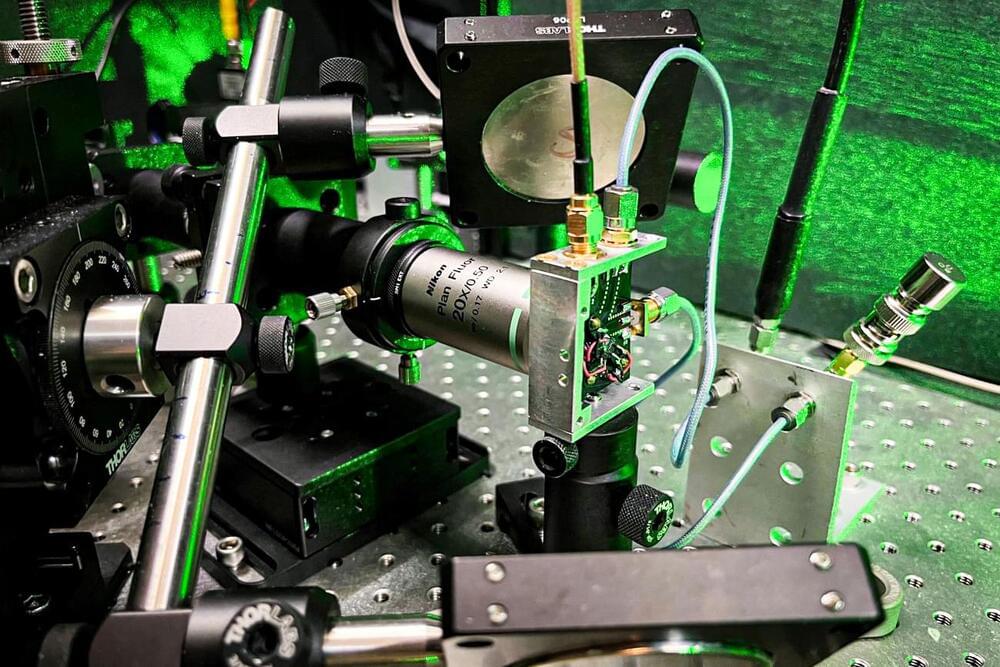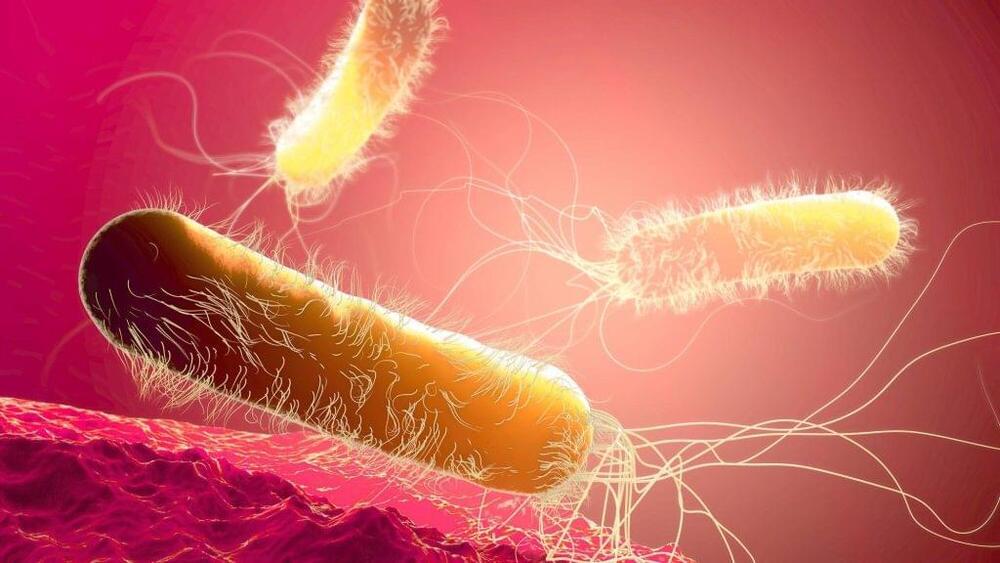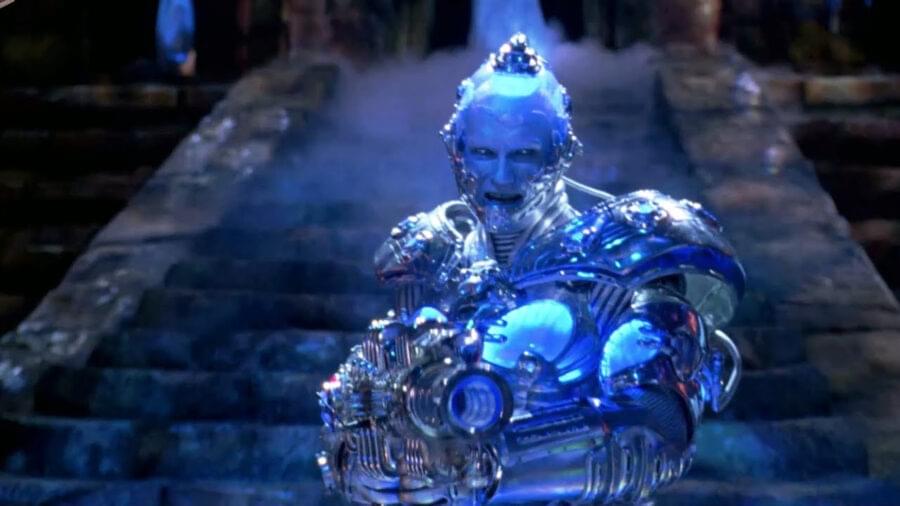The crushing demand for AI has also revealed the limits of the global supply chain for powerful chips used to develop and field AI models.
The continuing chip crunch has affected businesses large and small, including some of the AI industry’s leading platforms and may not meaningfully improve for at least a year or more, according to industry analysts.
The latest sign of a potentially extended shortage in AI chips came in Microsoft’s annual report recently. The report identifies, for the first time, the availability of graphics processing units (GPUs) as a possible risk factor for investors.









